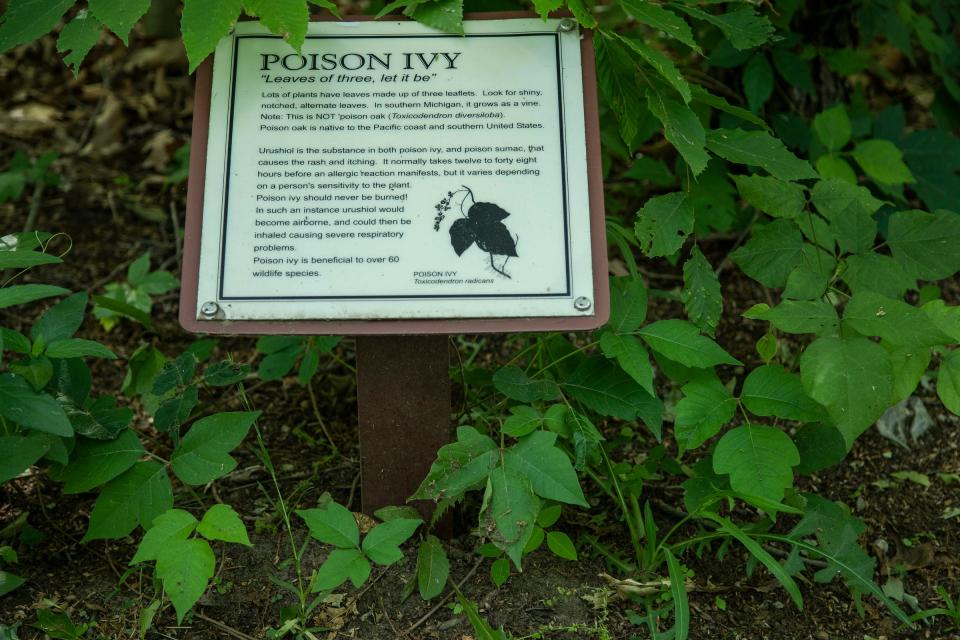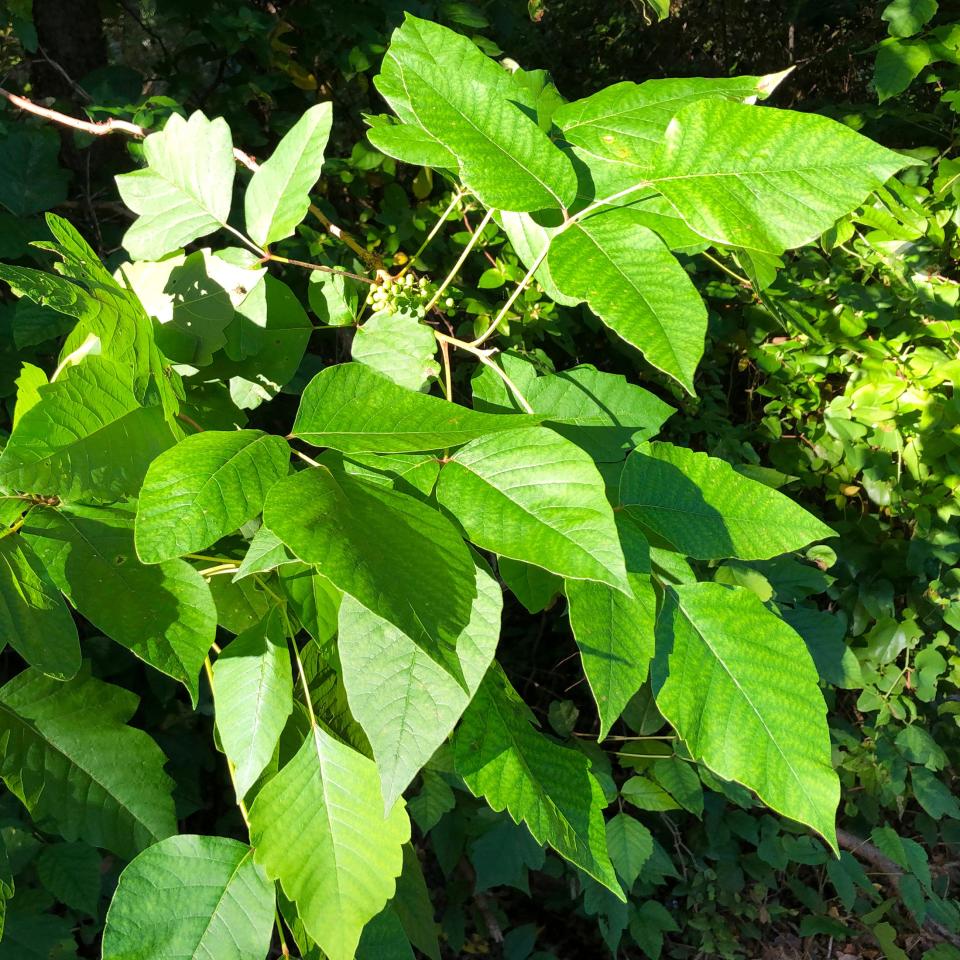What to do if you get a poison ivy rash
Spending time outdoors can be beneficial for your mind and body. But unfortunately, it can also potentially put you in contact with poison ivy, poison oak or poison sumac. If you run into one of these poisonous plants this summer, here’s what you can do to treat a rash at home.

What to do if you come in contact with poison ivy
Poison ivy, sumac and oak leaves contain an oil called urushiol. When it comes in contact with your skin, urushiol can cause a blistering, itchy rash.
If you suspect you’ve come in contact with a poisonous plant or if you develop a rash, immediately wash your skin with lukewarm, soapy water. You may be able to remove some of the oil before it causes a rash. If you don’t wash off the oil properly, you can spread it to others (including family members and pets) or to other places on your body.
You should also wash the clothing you were wearing when you came in contact with a poisonous plant. The oil can remain on clothing and spread to other parts of your body or to other people and pets if it’s not cleaned well. Before touching or removing the affected clothes, wear a pair of gloves so you don’t come into contact with the oil. Launder with detergent and hot water.
Next, wash everything else that might have come in contact with the poisonous plant with warm, soapy water. This includes your golf clubs, garden tools, hiking and camping gear, and pet’s fur and leashes. If you need to wash your pet or any other supplies, wear gloves to avoid transferring the oil to your skin.
How to treat mild poison ivy rashes at home

The following treatments only apply if you’re certain the rash is caused by poison ivy, sumac or oak, the rash is on a small area of your skin, and your symptoms are mild. If you’re not sure, clean your skin and check with your health care provider.
Leave the rash alone: Once you’ve cleaned your skin and anything else that came in contact with the oil, resist the urge to scratch the rash. Scratching can lead to an infection. If you develop blisters, don’t try to pop them or remove any overlying skin.
Take cool showers or baths: You can help relieve itchiness by taking short, lukewarm baths in a colloidal oatmeal preparation (find this at a drugstore). You can also take quick, cooler showers.
Try a topical treatment: Hydrocortisone cream and calamine lotion can also help reduce itchiness.
Use a cool compress: Another option is to wet a clean washcloth with cool water and wring it out well. Apply the compress to your skin for 15 to 30 minutes a few times per day.
Take antihistamine pills: Antihistamine pills can also help with symptoms, but avoid using an antihistamine cream or lotion, which can make the rash worse.
When to seek medical care
If your rash doesn’t start to improve after a week to 10 days or shows signs of infection, see your primary care provider or visit urgent care.
You should go to the emergency department if you experience trouble swallowing or breathing, facial swelling (particularly if an eye swells shut), rashes that cover most of your body, itching that makes it difficult to sleep, a fever, or a rash around your eyes, mouth or genitals. These symptoms can indicate a severe poison ivy reaction and require immediate professional care.
To find a provider near you, visit www.pardeehospital.org.
Dr. Benjamin Doolittle is a family medicine physician at Pardee Family and Sports Medicine.

This article originally appeared on Hendersonville Times-News: What to do if you get a poison ivy rash

